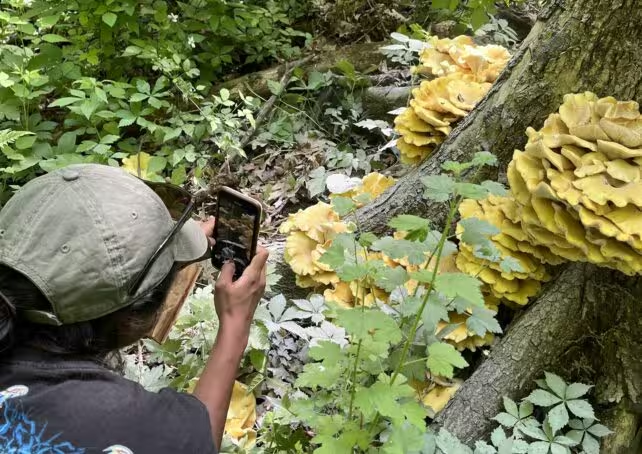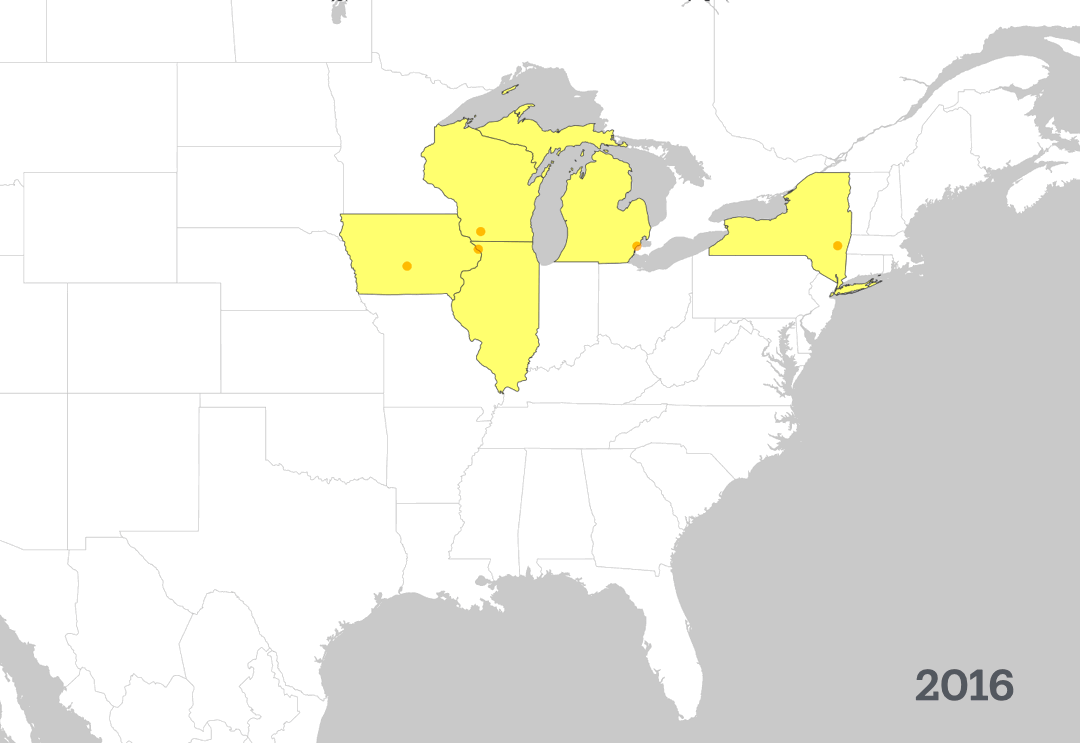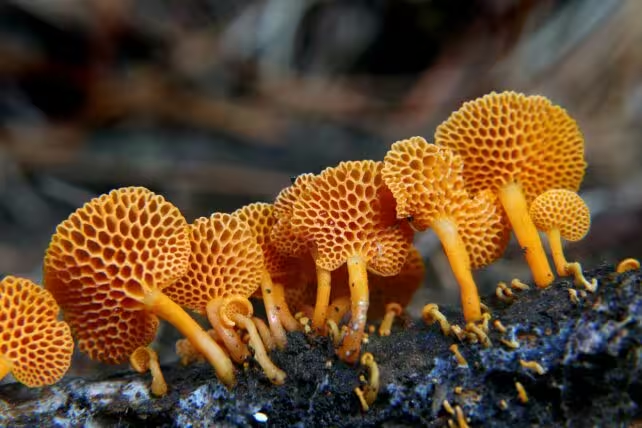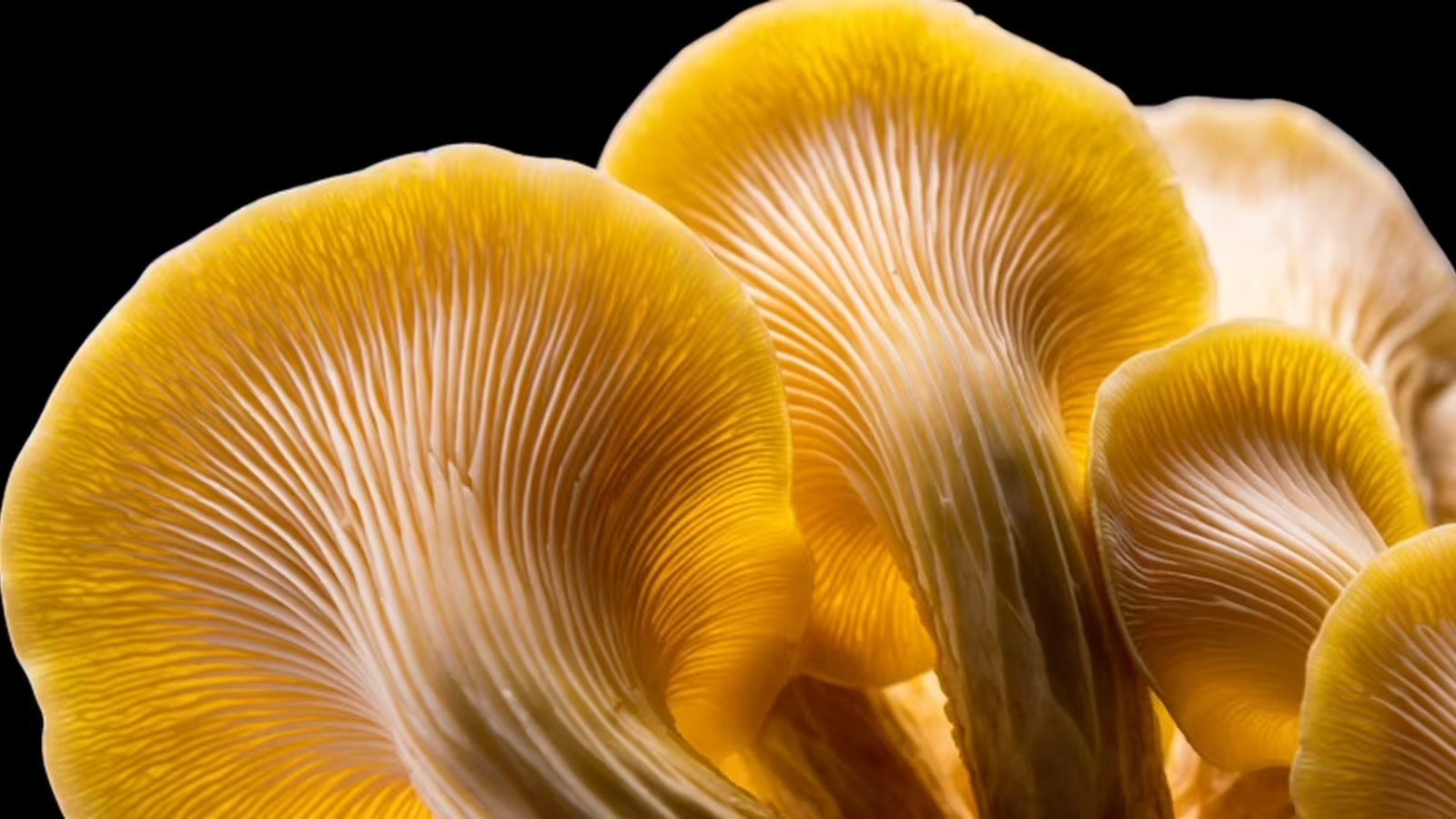6 Minutes
Golden oyster mushrooms (Pleurotus citrinopileatus), celebrated for their vibrant yellow caps and mild, nutty flavor, have quickly risen to stardom among food enthusiasts and home gardeners worldwide. Touted for their health benefits, culinary versatility, and ease of cultivation using home mushroom kits, they appear at first glance to be a miracle crop. However, recent scientific research has sounded an alarm: this culinary phenomenon is inadvertently driving a potentially significant ecological crisis in North American woodlands.
The Ecological Role of Fungi: Natural Recyclers and Climate Regulators
Fungi occupy pivotal roles within terrestrial ecosystems. As decomposers, they catalyze the natural breakdown of dead wood and plant debris, driving nutrient recycling by converting organic matter into accessible forms of carbon, nitrogen, and other essential elements. These processes not only sustain soil health but also sequester carbon, mitigating climate change by locking atmospheric carbon into the soil. Furthermore, many fungi form mutualistic relationships — mycorrhizal partnerships with plant roots, for example, crucially support plant hydration and nutrient uptake, while decay fungi create habitats for diverse wildlife.
The integrity of these interrelated fungal communities underpins forest resilience, supporting everything from microbial nutrient cycling to the establishment of plant seedlings and the habitat needs of birds and mammals.

The Unintended Consequences of Mushroom Globalization
The current surge in golden oyster mushroom popularity, particularly due to globalized trade in mushroom grow kits and cultivation logs, has unwittingly introduced this Asian native species into wild North American landscapes. Unlike many cultivated mushrooms that remain contained, golden oyster mushrooms have established invasive populations, potentially via escaped spores from backyard kits, commercial farms, or the improper disposal of inoculated logs.
Tracking the spread of Pleurotus citrinopileatus reveals that multiple introductions occurred across the United States in the early 2010s. Such repeated escape events demonstrate the risks posed when commercial products that contain living organisms circumvent natural ecological barriers. Spores or substrate from grow kits can disperse inadvertently into adjacent forests, providing golden oyster mushrooms with an opportunity to colonize new territory.
Research Insights: Displacement of Native Fungi and Loss of Biodiversity
Study Methods and Key Findings
A groundbreaking study conducted by mycologists including Michelle Jusino and Mark Banik of the US Forest Service focused on the forests around Madison, Wisconsin. By collecting wood shavings from both golden oyster-invaded and uninvaded dead trees, and then extracting and sequencing fungal DNA, researchers could rigorously compare the diversity and community structure of fungal species.
The results were stark: trees colonized by golden oyster mushrooms supported only about half as many fungal species as those left uninvaded. Moreover, the composition of remaining fungi shifted dramatically, with several native species—such as the mossy maze polypore (a gentle, greenish decomposer) and the elm oyster (a valued edible and ecological actor)—being outcompeted and eliminated. The research further documented the loss of rare species such as Nemania serpens, known for generating diverse, potentially medically valuable chemicals.

Broader Implications: Lost Medicines and Ecosystem Functions
Fungi serve as the origin for vital drugs including antibiotics like penicillin, cholesterol-lowering agents, and immunosuppressants. The displacement of native, understudied fungi by invasive species threatens the discovery of new pharmacological compounds—a significant loss not only for ecosystems, but for society at large. The local extinction of unique fungal genetic resources could have irreversible, long-term effects on both environmental health and scientific innovation.
Fungi as Invasive Species: A Growing Challenge for Conservation Biology
Historically, invasive plants and animals have dominated conservation discourses about biodiversity loss. However, the proliferation of golden oyster mushrooms and other non-native fungal species brings a crucial realization: fungi, too, can decisively alter ecological dynamics. The introduction of a single aggressive decomposer can upset delicate balances in fungal “endemism”—the unique evolutionary tapestry of species adapted over millennia in a specific habitat.
Other notable examples include the deadly death cap (Amanita phalloides) and the orange ping-pong bat (Favolaschia calocera), both now spreading across North America with ecological and human health concerns. The familiar fly agaric (Amanita muscaria), while native to parts of North America, acts as an invasive species in other continents, further accentuating this global issue.
A Call for Caution in Mushroom Cultivation
The expanding range of golden oyster mushrooms—now recognized as invasive in Switzerland, and present in Italy, Hungary, Serbia, and Germany—serves as a cautionary tale. Their rapid success illustrates how human activities, even those motivated by sustainability or food security, can undermine native biodiversity if not carefully managed. Cultivation attempts have also been noted in Turkey, India, Ecuador, Kenya, and Portugal, though successful invasion may depend on local environmental compatibility.
What Can Be Done? Responsible Action by Growers, Consumers, and Policymakers
The issue of invasive fungal species demands nuanced, location-specific solutions. For now, experts strongly recommend mushroom enthusiasts refrain from using golden oyster mushroom grow kits and, where cultivation is essential for livelihoods or food security, limit projects to controlled, indoor environments. Producers can help by clearly labeling these mushrooms as invasive and advising customers not to compost substrate outdoors.
Home growers are encouraged to cultivate safe, native mushroom species—ideally, strains collected from the surrounding region—to minimize ecological risk. In areas where golden oysters provide essential nutrition or income for vulnerable communities, management strategies should weigh these benefits against the negative ecological impacts, considering both regulation and education.

Future Directions: Containment and Technological Solutions
Researchers are investigating innovative approaches, such as developing sporeless golden oyster strains for commercial kits, which would prevent their spread into the wild, and targeted "mycoviruses" designed to suppress invasive populations without collateral ecological damage.
Raising global awareness about responsible mushroom cultivation remains crucial. As with all invasive species, the prevention of future biological invasions is far preferable and less costly than managing ecological crises after the fact. Preserving the extraordinary diversity of fungi not only safeguards ecosystem health, but also protects the wonder and variety of fungi observed during every walk in a native forest.
Conclusion
The meteoric rise of golden oyster mushrooms as a culinary favorite has revealed a hidden risk: the easy movement of non-native fungi across continents can lead to rapid, far-reaching ecological consequences. By outcompeting and displacing native fungi, golden oyster mushrooms threaten biodiversity, disrupt critical ecosystem services, and may even jeopardize future advances in medicine. Responding to this challenge will require informed actions by growers, regulators, and consumers alike, as well as integrated research and stewardship. As the global community continues to explore and enjoy the world of mushrooms, balancing curiosity, sustainability, and ecological responsibility will be essential to protecting the treasured biodiversity of our natural landscapes.
Source: sciencealert



Comments